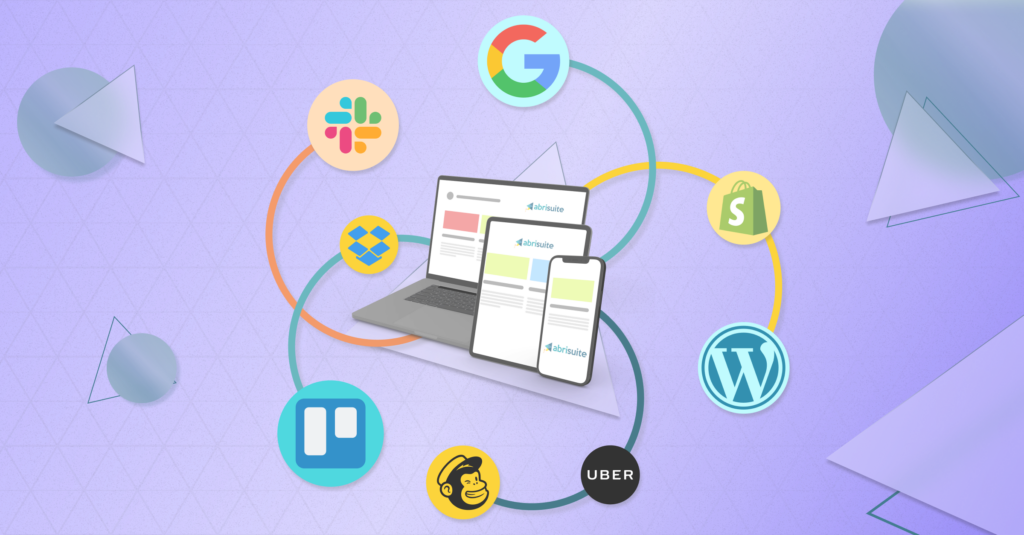Imagine the house of your dreams. Is it by the beach? Does it have spacious rooms? Maybe you already live in it. But if you don’t, you have a lot to decide before buying it; after all, it is an important long-term investment.
The decisions a business owner has to make aren’t much different from the decisions in our own lives. And just like when house hunting, there are a few pre-requisites they need to have in mind when acquiring software for the company.
Long-term- investment: The importance of having a plan
It may seem simple to say you need to plan when implementing new business solutions, but do you know what this actually means?
More than a checklist, an implementation plan allows you to establish goals and reflect on how you intend to measure them in the future. What most companies get wrong about a big technological implementation is that it isn’t something you do once and then forget about it. This is especially true in IT applications. Analyzing what went well, what went wrong, and what was cost-effective is a major part of the process.
Making an implementation plan
Every time we have a new client here at Abrisuite, we start our relationship with a discovery call. That is when we understand what their business is, at what phase they are and what are their expectations and pain points.
While it is always better to count on expert help, business owners can make their own “discoveries” before deciding on making a long-term investment, especially in technology.
It all starts with design thinking, where you can brainstorm all kinds of ideas and then verify them. The benefit of applying design thinking in your own business is opening your eyes to a different perspective and understanding yourself as your own client.
The core of design thinking is the validation process, where you put your ideas to the test. This doesn’t necessarily mean the implementation itself, but a proof of concept. Subsequently, you can start developing your implementation plan.
Bringing everyone on board
If there is one thing you can do before even starting thinking about investing in new tech, it is to make sure it is aligned with your business objectives. Alignment must happen on three fronts:
- Business structure;
- Strategy;
- And legislation.
Business structure has to do with the main success factor of your company — i.e., if you sell products or services, or if it is a store or a factory. On the other side, legislation is every rule you’ll have to abide by, including guidelines made by professional boards.
Strategy is a little more tricky. In big companies, many decisions are top-down. A great implementation plan will ensure that people making these decisions know what goes on daily.
Competitive advantage for a long-term investment
Understanding what makes your business unique is fundamental when acquiring new technology. Competitive advantage can be anything from cost to customer service.
Businesses in the retail sector will typically be more customer-oriented and benefit from investing in chatbots, machine learning or CRM, while manufacturing companies in a supply chain supporting another company may want to invest in quality control and industry 4.0 automation.
Satisfaction vs Urgency
In the end, what will be the defining reason to invest or not in new business tech is the sense of urgency. We can think about this in a matrix analyzing business satisfaction in contrast with importance.
If you or your client are unsatisfied with what you are providing, investing may be a solution, but pairing that with a deadline for growth means you have no other option. However, this configuration can be the most dangerous because business owners often forget steps on the implementation plan.
On the other side, if you are maintaining a steady business but have important measures, procedures, processes you want to install, you may be at the right place for improvements and long-term investments.
Once you are ready to make this commitment, a company like Abrisuite can help you figure out the next steps in your implementation plan.




